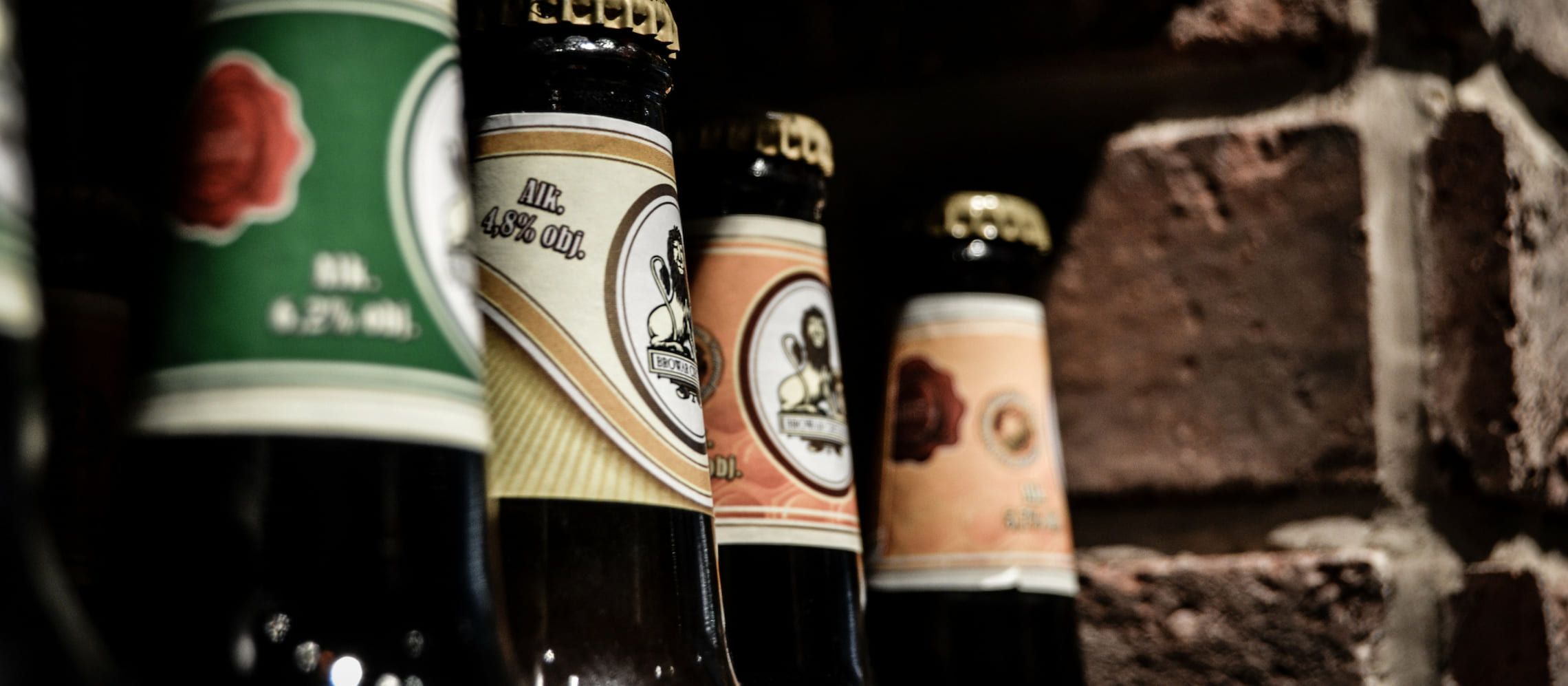Early Bird Deadline
30 November 2025
Judging
Date
23 March 2026
Winners Announcement
22 April 2026
30 November 2025
23 March 2026
22 April 2026

Many people might not even think twice about cellaring a fine wine, but what about a Russian Imperial Stout or Barleywine beer? The answer is “yes,” it is possible to cellar a limited-release or special vintage beer, you just have to take the right steps to cellar it properly. In fact, any serious beer fan should have a beer cellar, which can be as simple as a cool corner in the basement where the beer is allowed to age over time. With that in mind, here are some of the keys to cellaring your beer.
The most important factor is temperature, and the perfect temperature for cellaring your beer is slightly cooler than room temperature. As a general rule of thumb, different beers will require slightly different temperatures to age optimally. And it is also important to point out that the temperature needs to be as steady as possible, which is one big reason why many people simply use a refrigerator as their cellar – this enables them to set the precise temperature, as well as avoid the day-to-day fluctuations in temperature that might result otherwise.
In terms of beer styles, there are two different ranges of temperatures to keep in mind when cellaring a beer. Barleywines, Russian Imperial Stouts and other very dark beers should have a temperature of about 50-60 degrees Fahrenheit, while sour beers should have a slightly cooler temperature of 45-50 degrees. If you have a mix of different beers that you plan on cellaring, or if you are concerned about temperature fluctuations, it is probably best to aim for a middle range of about 50 degrees.
As noted above, there are different ways that you can obtain this optimal temperature. The easiest – but not optimal – the solution is to use a refrigerator. Yes, these will keep a beer cool (and will also keep away light), but they will also pull away moisture, and that could lead to a drying out of the corks (if any). Thus, it’s best to think of a refrigerator as a short-term, rather than a long-term cellaring solution. A better, more effective solution would be a cool corner in the basement that is kept cool with a small air conditioning unit.
Another enemy of beer is light. As a result, you never want to cellar a beer near a window (natural light) or near any fluorescent lighting. The presence of this light, over a continual time period, will result in a beer getting “skunked.” And this is exactly what you think it is – beer takes on a terrible odour that is reminiscent of, well, a skunk. With that in mind, it’s best to keep beer in a dark environment.
And it’s important to keep in mind that even beer that is in dark brown or green, not just clear, bottles can be “light-struck.” The reason is simple: the light in the UV spectrum interacts with the beer, resulting in a sulfur-like compound that smells like a skunk.
Having sufficient storage space is also a key factor in a successful beer cellar. When it comes to storage space, it’s not just a function of shelf space (which is what most people assume) – it’s also a function of vertical space. In contrast to a wine cellar, where it is preferable to cellar a wine on its side, a beer cellar works best if you sore a beer standing up. If you store a beer on its side, it increases the risk of oxidation and exposing your beer to oxygen. And, just by simple math, storing beers standing up means that you need more vertical space in order to house all of them.
With the right amount of shelf space, you can also come up with a convenient ordering and allocation process. For example, you can store beers by type, by style, by ABV, by geography or by a brewery. This improves your overall ability to pick out exactly the right beer at the right time, whenever you plan to sample a special beer from your cellar.
When it comes to cellaring a beer, climate matters. And that means humidity plays an important role in determining how well beer ages. The ideal humidity range is 50-70%. Anything drier than this, and you risk your beer drying out; anything damper than this, you risk your beer becoming contaminated with mould. A dark and damp environment, then, can lead to mould growth on the cap or cork.
For the serious beer collector, it’s important to determine in advance which types of beer you will add to your cellar. The best beers that hold up over time are dark beers, sour beers and higher-alcohol beers. These are the types of beers that are stable over a long period of time, and which work best as part of any beer-cellaring program. You might be able to cellar a low ABV beer for a short period of time, but the best beers to age for years at a time would be a Barleywine or a Russian Imperial Stout.
Organizing your cellar will help you plan out your tastings in the future and allow you to see exactly which beers you have on hand, as well as what beer styles you need to obtain.
With proper maintenance and storage in a beer cellar, a vintage bottle of beer will mature and change in the bottle. Years from now when you open it up, you’ll be pleasantly surprised at just how much all of your hard work cellaring beers has really paid off.
Show your beers where it matters. Get your products tasted by top buyers and experts at the London Competitions — enter now.